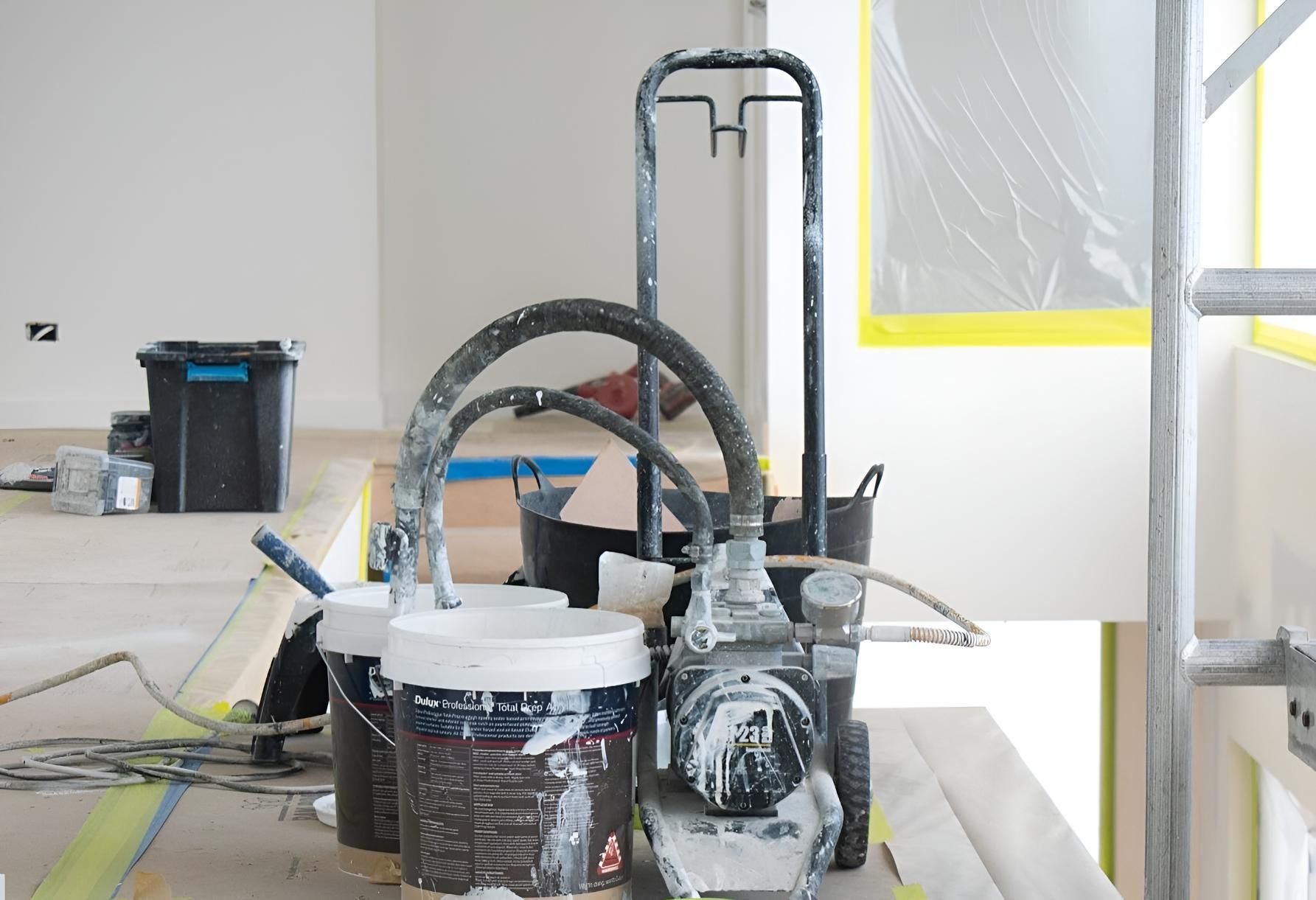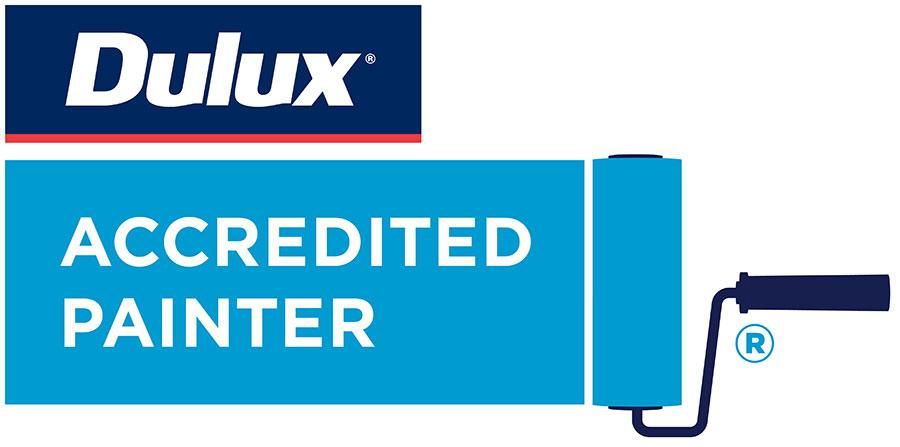How Often Should You Paint Your House?
Standing outside, you glance up at your home and wonder: Is it time for a new coat of paint? In environments where the weather flips between scorching sun and periods of heavy rain, your home’s exterior paint does more than boost kerb appeal—it acts as a first line of defence. Despite this, many homeowners aren’t quite sure how often they should repaint or which signs suggest it’s due. The reality is that several factors influence how often you need to repaint, including the type of surface, environmental exposure, and visible wear and tear. Let’s explore how to recognise these signs, understand painting intervals, and prevent minor paint issues from becoming costly repairs.
Table of Content:
- Spotting the First Signs of Paint Failure on Your Exterior Walls
- Understanding How the Climate Impacts Paint Longevity
- Why Paint Maintenance Matters More Than You Think
- Different Surfaces, Different Timelines: How Often Should You Paint?
- When Fading Colours Signal It’s Time for a Refresh
- The Hidden Threats: How Pests & Moisture Damage Paintwork
- Repainting for More Than Looks: Boosting Protection & Property Value
- Professional Advice Goes a Long Way: Why You Should Consult a Painter
- Give Your Home the Care It Deserves
Spotting The First Signs Of Paint Failure On Your Exterior Walls
Your paint doesn't just peel overnight—it leaves subtle signs before giving way entirely. Keeping an eye on these changes can help you act before damage sets in.
Signs that your exterior paint is due for a refresh include:
- Peeling or flaking paint, often caused by prolonged exposure to moisture or sunlight.
- Cracks and bubbles on the surface indicate trapped moisture or paint failure underneath.
- Stains or streaks, especially under eaves and around windows, may signal water damage.
- Chalking, a fine white powder appearing on the surface, is usually due to UV degradation.
- Faded colours make your home appear dull or outdated.
Understanding How The Climate Impacts Paint Longevity
Living in a coastal region brings with it a unique set of environmental stressors that can wear down even the highest-quality paint faster than in more sheltered areas.
Conditions that affect paint lifespan include:
- Salt-laden air from nearby ocean fronts can corrode metal fixtures and degrade paint on timber cladding and fences.
- High humidity, which encourages mould and mildew growth, especially in areas that receive little sun or airflow.
- Intense sun exposure causes fading and deterioration of pigments and binding agents in the paint.
- Frequent heavy rains and storms test the paint’s ability to repel water. Once the film is compromised, moisture can infiltrate and damage underlying materials.
Why Paint Maintenance Matters More Than You Think
Beyond the cosmetic aspect, your home’s paint functions as a protective barrier against the elements. Left unchecked, failing paint can allow moisture to seep into your building materials, potentially leading to:
- Mould & mildew growth
- Timber rot
- Pest infestation
- Internal wall damage
By regularly assessing the condition of your paintwork, you can catch potential threats early and avoid more expensive issues down the line. Scheduled inspections and minor touch-ups every couple of years can go a long way in extending the life of your home’s exterior.
Different Surfaces, Different Timelines: How Often Should You Paint?
Not all surfaces wear out at the same pace. The type of exterior material on your home plays a big role in determining how often you’ll need to repaint. While weather conditions accelerate wear, the surface itself sets the baseline for paint durability.
Here’s a breakdown of typical repainting timelines by material:
- Timber or weatherboard – Requires repainting every 3 to 5 years, as it's highly susceptible to moisture and UV damage.
- Rendered masonry – Holds paint reasonably well and typically needs attention every 5 to 7 years.
- Painted brick – More stable under weather extremes, often lasting 7 to 10 years between coats.
- Fibre cement – One of the more durable surfaces, with repainting needed approximately every 10 to 15 years.
- Metal surfaces like gutters and fences are prone to corrosion and require a new coat every 5 to 8 years.
When Fading Colours Signal It’s Time For A Refresh
Paint isn’t just about appearances, but let’s be honest: No one wants their home to look dull or sun-bleached. Intense UV exposure can cause colours to fade faster than expected, especially when bold or dark shades are used on exterior surfaces.
Common indicators that your paint has faded too far:
- Colours have become uneven or washed out.
- Previous vibrancy is lost, especially on north-facing walls.
- Visible contrast between shaded and sun-exposed areas.
If your home’s exterior is looking weathered, it might be time to give it a facelift and restore its kerb appeal while protecting the materials underneath.
Sometimes, what seems like a minor paint issue could be a red flag for a bigger problem. Moisture and pests can silently undermine your home’s integrity, often showing up first as paint damage.
How pests & moisture affect painted surfaces:
- Termites and borers can chew through timber behind cracked or blistered paint.
- Water ingress due to failed paint seals can lead to internal leaks and plaster damage.
- Mould and algae growth, particularly in shaded, damp corners, degrade paint over time.
Repainting For More Than Looks: Boosting Protection & Property Value
A fresh coat of paint does more than make your home look sharp—it reinforces weatherproofing and protects building materials. It also enhances property appeal, which is essential if you're preparing to sell or rent.
Benefits of timely repainting include:
- Extending the lifespan of your building exterior.
- Creating a clean, updated appearance that improves first impressions.
- Sealing gaps or cracks where moisture and pests might enter.
- Improving energy efficiency with reflective, UV-resistant paint options.
Professional Advice Goes A Long Way: Why You Should Consult A Painter
While there are general guidelines for repainting, no two homes are exactly the same. Local painters understand how your property’s age, orientation, and exposure to the elements influence its needs.
Why working with a professional painter helps:
- Tailored advice based on your home’s materials and microclimate.
- Access to high-quality products suited for coastal environments.
- Correct surface preparation techniques to ensure paint adheres and lasts.
- Thorough inspections that catch issues before they become costly.
Consulting with a Gold Coast painting expert means getting the timing right—before damage occurs rather than after.
Give Your Home The Care It Deserves
At TMM Painting, we know how challenging the coastal climate can be on exterior surfaces. Our team is here to provide expert advice and professional painting services tailored to your home’s needs. Whether it’s a full repaint or a routine inspection, we help ensure your property looks great and stays protected.
Get in touch via our
contact page for expert recommendations or to book your next painting service.











